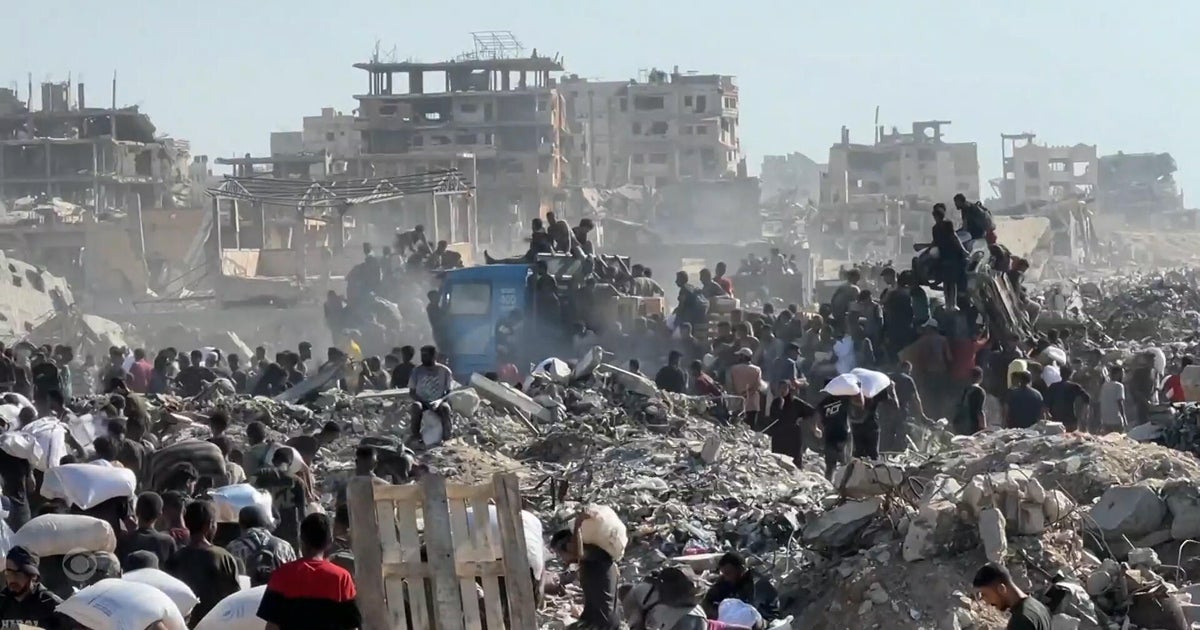The NATO summit at the end of June left Donald Trump happy. The US President called it "tremendous" that the military alliance's 32 members had agreed to ramp up defense spending to 5% of GDP by 2035.
He has been pressuring them to do so for years. However, he reserved his customary ire for one member: Spain.
After vocal opposition from the country's prime minister, Pedro Sanchez, the Spanish government found a way out of the 5% commitment by claiming it could meet its defense obligations by spending much less.
NATO leaders agree to raise defense spending
Trump said the decision was "very terrible" and that they would be made "pay twice as much."
Sanchez argued the 5% target — which is broken down into 3.5% on defence and 1.5% on defense-related infrastructure — was unreasonable and that diverting public spending in such a way could damage the economy.
In the end, Spain secured an agreement with NATO that granted it an effective opt-out. That has raised questions about the extent to which many member nations will ultimately be able to afford the spending pledges they have made.
Tightened budgets
"The choice to ringfence and prioritize defense amidst public spending cuts is politically challenging and will need strong public messaging to be accepted by the electorate and indeed across governments in office," Fenella McGerty, senior fellow for defense economics at the International Institute for Strategic Studies (IISS), told DW.
She points out that when Spain previously signaled a hike in defense spending in April, Sanchez was keen to emphasize that it would not add to the country's debt pile or impact social spending.
 Spanish Prime Minister Pedro Sanchez (left) baulked at the 5% hikeImage: Jesús Hellín/EUROPA PRESS/dpa
Spanish Prime Minister Pedro Sanchez (left) baulked at the 5% hikeImage: Jesús Hellín/EUROPA PRESS/dpaIlke Toygür, director of the global policy center at Madrid's IE University, thinks Spain's position was partly about having an "open conversation" on the fact that prioritizing defense spending would impact other key areas of national budgets and could lead to a damaging backlash.
"If there is no understanding about the importance of the fight against climate change or on other social issues, for example, housing or support for health or education, then this [defense spending hike] will create the contrary effect that European leaders are trying to get," she told DW.
At the end of the day, what Europe really needs is a "sustained defense investment that will make the continent more secure," she said, adding that a "sustained public backlash could create the opposite effect."
A 'quantum leap' to be prepared
NATO Secretary-General Mark Rutte has hailed the 5% increase as a "quantum leap" and said it "laid the foundations for a stronger, fairer and more lethal NATO."
McGerty believes the 2035 pledge is a "significant commitment," particularly if European members manage to "increase core defense spending to 3.5% of GDP" — up from the current average of 2%.
The NATO agreement specifies that 3.5% of GDP should "resource core defense requirements" and meet so-called NATO capability targets — a list of specific defense-preparedness goals, from air defense to land maneuvers.
According to NATO, the extra 1.5% of spending will, among other things, "protect critical infrastructure, defend networks, ensure civil preparedness and resilience, innovate, and strengthen the defense industrial base."
 NATO's defense goals include the purchase of fifth-generation fighter aircraft, improving air and missile defense, and ensuring combat readinessImage: U.S. Air Force/AP/dpa/picture alliance
NATO's defense goals include the purchase of fifth-generation fighter aircraft, improving air and missile defense, and ensuring combat readinessImage: U.S. Air Force/AP/dpa/picture allianceMcGerty acknowledges that the pledge to bolster spending comes "at a time of considerable fiscal pressures" for member states. However, she thinks the 1.5% infrastructure element has a "broad definition" to give countries flexibility.
"Many countries are likely already spending this much on such funding areas," said McGerty.
The debt problem
Yet, there are still substantial doubts over the capacity of some member states to hit the agreed levels.
According to NATO's most recent defense spending figures from 2024, all but eight of the alliance's members were hitting the existing 2% target. A few have caught up in the meantime.
However, those furthest behind in terms of military spending — Spain, Belgium, Canada, Italy and Portugal — also have the problem of having high government debt of close to or even over 100% of their gross domestic product (GDP).
Greece is an outlier in that it has the highest debt level of all, but it already spends more than 3% on its defense.
Ilke Toygür is sceptical if some northern European countries, who during the 2008/2009 financial crisis decried the debt levels of some southern European countries, understand the scale of the challenge for economies ramping up defense spending while managing high existing debt levels.
"What will happen if these countries use the next 5-10 years to increase their defense spending. Does it mean more private sector investment is needed?" she wonders.
In her opinion, a "fairer assessment of the debt question and the overall impact on the European economy at large" is needed.
McGerty argues that countries with strong fiscal positions, such as Germany, can borrow to meet the targets but those with longer-term debt issues will be reluctant to add to that debt.
If those still lagging behind the 2% mark are to have "any hope of meeting the 5% target without borrowing more," she noted, they would have to make the kind of dramatic choices abhorred by Sanchez, or hope the private sector comes to the rescue.
Increases in military spending would have to be funded through other means, McGerty believes, including, for example, "higher taxation, cuts to other areas of public spending or via other creative funding options including special funds administered by central banks or treasuries, multilateral lending instruments, or mobilizing private investment."
The high cost of security
While leaders like Sanchez and others are concerned about borrowing and potential cuts, experts say the writing has been on the wall for a while.
McGerty noted that NATO chief Rutte stated already in December 2024 that increases in European defense spending would necessarily impact spending on pensions, education and health care,
Yet ramping up military spending brings its own financial risks.
As Europe rushes to build up its own arms sector, rising inflation in the defense industry, supply chain delays, and labor issues mean ever more money is being needed to meet the same ends.
So, Christine Lagarde, the president of the European Central Bank (ECB), warned in March that higher defense spending itself could contribute to inflation — yet another reminder that for many countries, the rush to make Europe safer, will come at a high price.
Edited by: Uwe Hessler

 2 weeks ago
5
2 weeks ago
5
.png?trim=0,0,666,0&width=1200&height=800&crop=1200:800)








